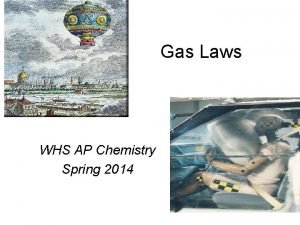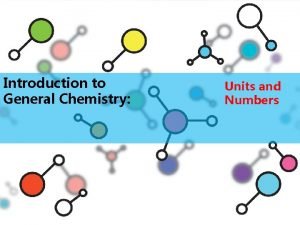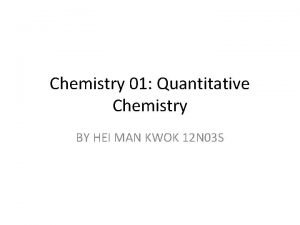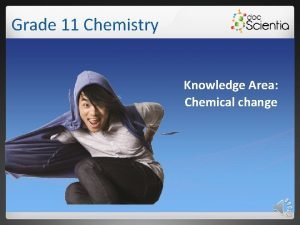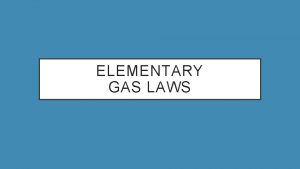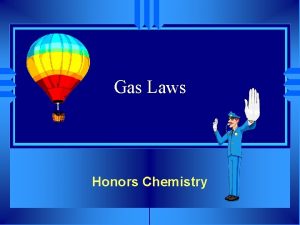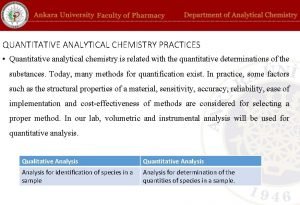The gas laws and quantitative chemistry Gas laws







- Slides: 7

The gas laws and quantitative chemistry

Gas laws and quantitative chemistry l What is Boyle’s Law? l l l This law states that pressure and volume are inversely proportional. P 1 V 1 = P 2 V 2 So, as pressure increases, volume decreases and vice versa.

Gas laws and quantitative chemistry l What is Charles’ Law? l l This law states that there is a direct relationship between volume and temperature. V 1/T 1 = V 2/T 2 So, as the temperature increases, so does the volume. Temperature needs to be in Kelvin.

Gas laws and quantitative chemistry l What is Gay Lussac’s Law? l l This law states that there is a direct relationship between pressure and temperature. P 1/T 1 = P 2/T 2 So, as the temperature increases, so does the pressure on an enclosed container. Temperature needs to be in Kelvin.

Gas laws and quantitative chemistry l What is the Combined Gas Law? l l l This shows the relationship between pressure, temperature and volume. P 1 V 1/T 1 =P 2 V 2/T 2 This is a precursor to the Ideal Gas Law.

Gas laws and quantitative chemistry l What is the Ideal Gas Law? l l This law shows the relationship between moles and the pressure, temperature and volume. It uses an ideal gas constant to bridge the gap at a specific pressure, temperature and volume. PV = n. RT This one law can be used to remember all the other laws.

Gas laws and quantitative chemistry l What about substances not in the gas form? l l Other substances have to go through regular stoichiometric processes. For liquids, concentration is used to determine moles. Concentration = n/V Remember: l l 1 L = 1 dm 3 = 1000 cm 3
